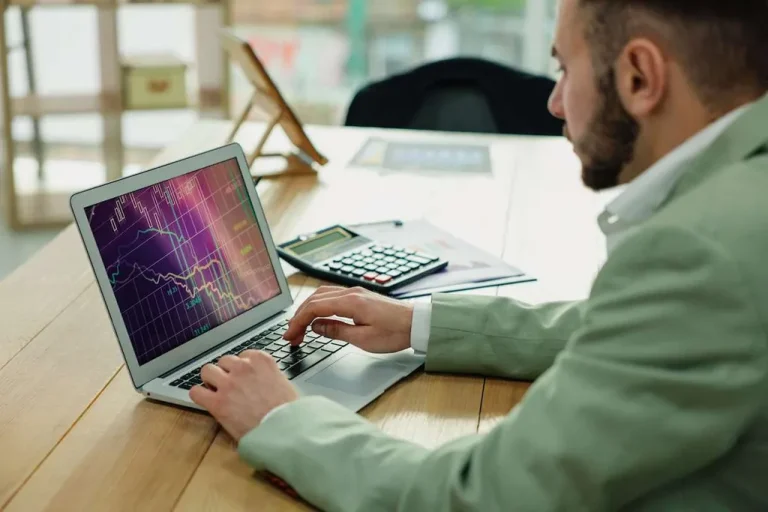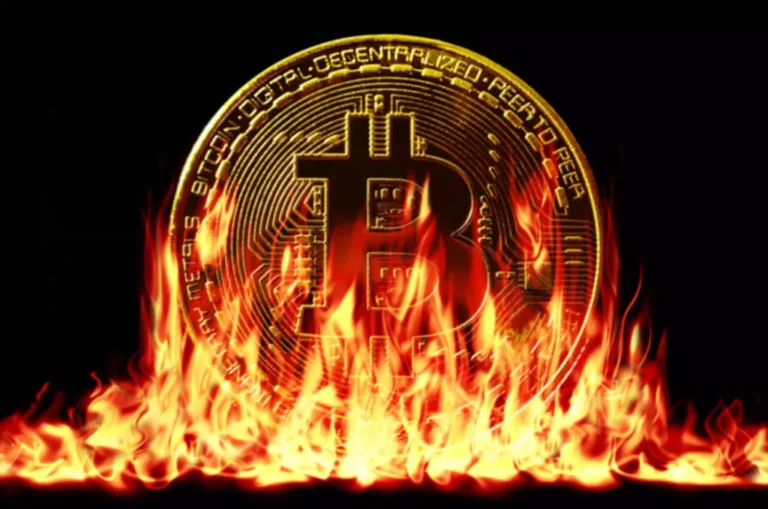Content
👉🏻 In spot markets, you buy or sell the actual asset, but in derivatives markets, you buy a contract that its value is derived from the underlying asset’s price in the spot market. In other words, buy and sell orders of market participants determine the asset’s price in spot markets spot vs derivatives and, therefore, the contract value in derivatives. The spot price in the derivative marketplace is the current price at which any given asset, such as a security commodity or currency, can be purchased or sold for immediate delivery.
Example of Spot Price, Strike Price, and Future Price
It is a fixed price agreed upon at the initiation of the options contract and remains constant throughout the lifespan until the options contract is exercised or expires. A spot market or cash market is where the exchange of financial instruments settle immediately. In highly liquid markets like equity, cryptocurrency, spot prices change by the second, as orders get fulfilled and new Non-fungible token ones enter the marketplace. Unlike leveraged trading, spot trading eliminates the need for borrowed funds or margin accounts. This significantly reduces the risk of liquidation, making it a safer option for many traders.
Relationship Between Spot Price and Future Price
This type of trading is typically conducted on specialized exchanges and often involves leverage, enabling traders to control larger positions with a smaller initial investment. While derivatives trading can lead to significant profits, it also carries higher risks, making it suitable for experienced traders who understand the market dynamics and risk management. Forwards and futures are derivatives contracts that use the spot market as the underlying asset. These are contracts that give the owner control of the underlying at some point in the future, for a price agreed upon today. Forwards and futures are generically the same, except that forwards are customizable and trade over the counter, whereas futures are standardized and traded on exchanges. Spot trading plays a crucial role in financial https://www.xcritical.com/ markets, offering traders a straightforward and transparent method for buying and selling assets.
Spot Trading vs. Derivatives Trading – What is the difference between Spot market and Derivatives market?
Before you begin, though, you should normally buy and sell some cryptocurrency first so that you know what you are doing. When you trade on a decentralized exchange (DEX), no third parties are usually involved in the transaction. Elearnmarkets (ELM) is a complete financial market portal where the market experts have taken the onus to spread financial education.

Chapter 2: 6 Key Differences Between Spot and Futures Markets
- All these terms describe the value of a financial instrument in a different time horizon based on market dynamics.
- These can be bought either with fiat, stablecoins or with other cryptocurrencies.
- The strike price corresponds to the price at which you can buy the underlying asset while exercising the call or put option.
- AI Signals leverages cutting-edge algorithms to analyze market trends instantly, delivering actionable insights and recommendations to traders in real-time.
- Investors can diversify their portfolios and improve risk management using derivative options and futures.
Understanding these different types of transactions is crucial for success when trading cryptocurrencies. Spot trading is the most straightforward type of transaction, while margin trading, perpetual futures, expiry futures, and options all involve some level of borrowing or leverage. As the crypto market continues to mature, understanding the nuances of spot and derivatives trading becomes paramount for investors.
The buyer promises to pay a specified price for 500 shares of a single stock at a predetermined future point. While you can leverage some spot markets such as the Forex OTC, the way margin and leverage works in both these markets are very different. For some spot markets, the allowable settlement time period is two working days. Counterparty is the process where there is a buyer and seller for each transaction. Since futures trades settle in the future, the last thing you want is to have no one on the other side of the trade. When it comes to cryptocurrencies, spot trading is the most basic type of investment you can make.

For information pertaining to the registration status of 11 Financial, please contact the state securities regulators for those states in which 11 Financial maintains a registration filing. With a decentralized transaction, the funds go directly into your account instead of being held by one central entity. In general, OTC trading usually entails larger transactions that are more private than P2P deals. The USDT is a stable coin that has gotten more popular because its value stays close to $1 US dollars. Derivatives are very as they not only help investors to hedge their risks but also help in global diversification and hedging against inflation and deflation.
Note that with spot trading, you can only exchange assets you already own; margin and futures trading are the only ways to access leverage. Spot markets are available for an array of investment assets, including stocks, bonds, cryptocurrencies, and foreign currency (Forex). At some point during the interim period of the futures contract, the futures price and the spot price will converge. These are traders who wish to protect themselves from the risk or uncertainty involved in price movement. They try to hedge their position using options strategies by entering into an exact opposite trade and passing the risk to those who are interested in bearing the same. Derivatives are a type of security whose value is derived from an underlying asset.
The term spot market refers to the place where financial instruments are traded for cash for immediate delivery. Assets traded in the spot market include commodities, currencies, and securities. Delivery occurs when the buyer and seller exchange cash for the financial instrument. A futures contract, on the other hand, is based on the delivery of the underlying asset at a future date. Exchanges and over-the-counter (OTC) markets may provide spot trading and/or futures trading. The primary distinction between spot and derivatives trading lies in the ownership of the asset.
Whether you’re focused on long-term investments or short-term trades, AI Signals adapts seamlessly to meet your specific requirements. Spot trading in forex involves exchanging one currency for another based on the prevailing exchange rate. For instance, if the current rate between USD and EUR is 1.10, trading $1 will give you €1.10. This type of trading is straightforward and widely used for currency exchanges. Another vital advantage of spot trading is that you can start and conclude a transaction at any time, which isn’t possible with margin trading or derivatives. Every large centralized exchange allows traders to trade with fiat currency pairs, so you can start trading immediately by adding cryptocurrency or cash into your account.
Understanding market mood may help traders make more informed decisions when trading bitcoin on the spot market. Technically, the spot price is the value that sellers and buyers assign to an asset right now. The uniformity of spot price ensures no arbitrage opportunities in the derivatives market, which could result in significant price disparities in different markets.
Most interest rate products, such as bonds and options, trade for spot settlement on the next business day. Contracts are most commonly between two financial institutions, but they can also be between a company and a financial institution. An interest rate swap, in which the near leg is for the spot date, usually settles in one business day. The price for any instrument that settles later than the spot is a combination of the spot price and the interest cost until the settlement date. In the case of forex, the interest rate differential between the two currencies is used for this calculation. The difference in the price of a future or forward contract versus a spot contract takes into account the time value of the payment based on interest rates and the time to maturity.
The parties involved in a futures contract not only possess the right but also are under the obligation, to carry out the contract as agreed. The contracts are standardized, meaning they are traded on the exchange market. Speculators are prevalent in markets where price movements of securities are highly frequent and volatile.
